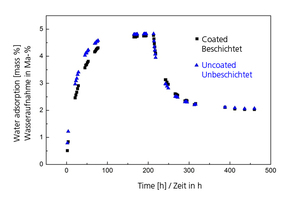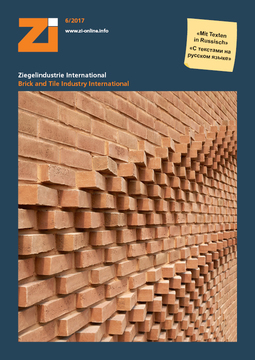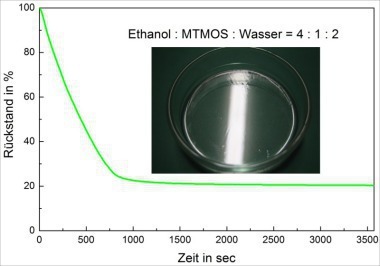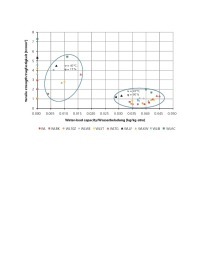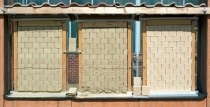Sol-Gel process for energy-efficient clay-based building products
1 Context
Adobe building products have very good moisture-regulating properties, enormous heat storage capacity and excellent ecological and economic properties (resource-efficient, reusable, low primary energy content, modest prices). Their lack of water resistance, however, is problematic. In contact with water, adobe building materials lose their strength and shape, because the minerals absorb water and swell.
2 Objective
The objective of this research project was to develop a coating with which to prevent contact between clay minerals and liquid water. The coating was, however, supposed to...

